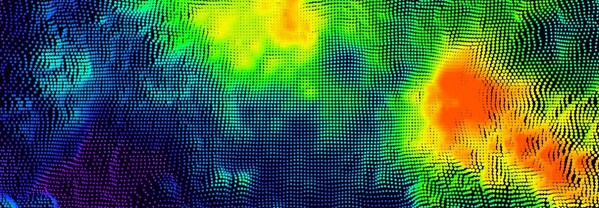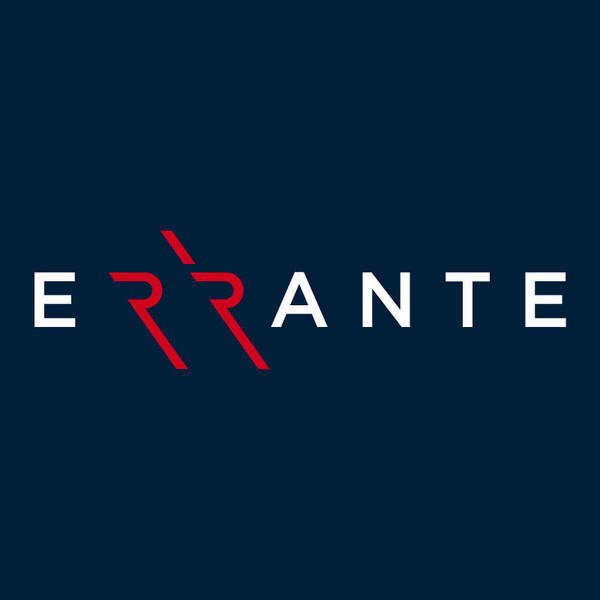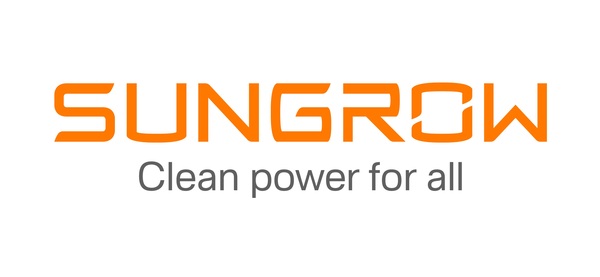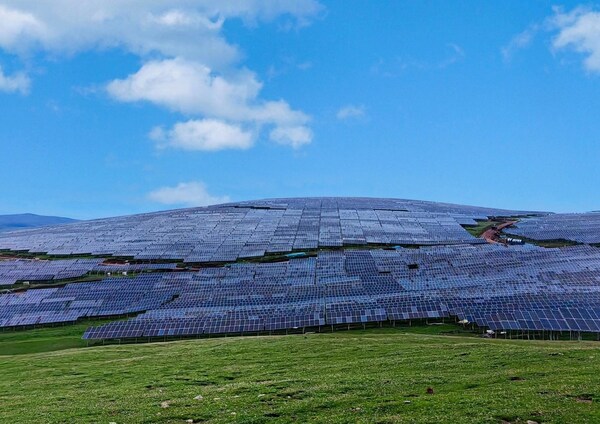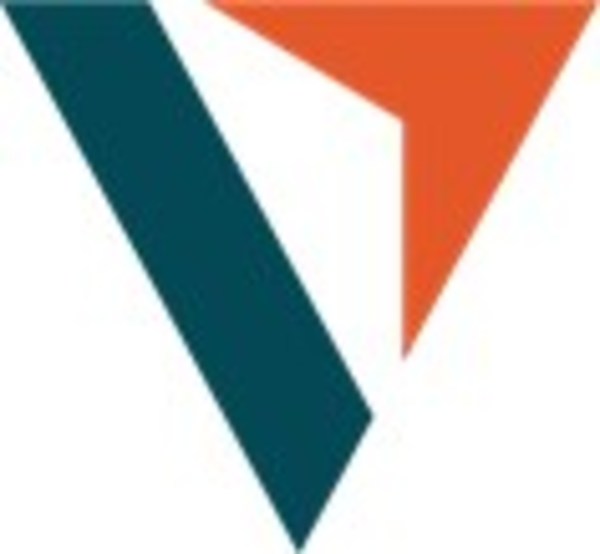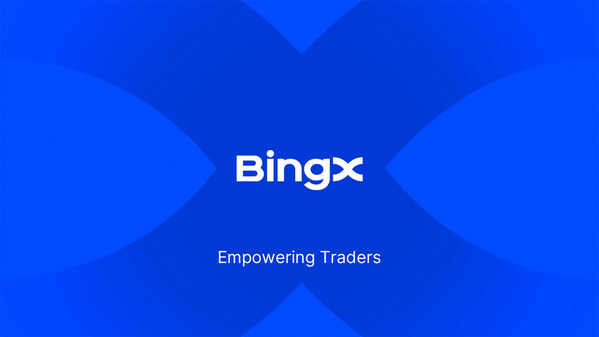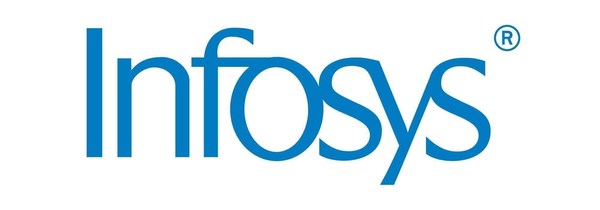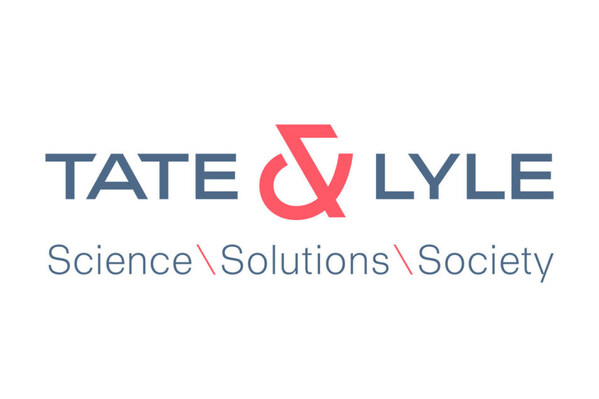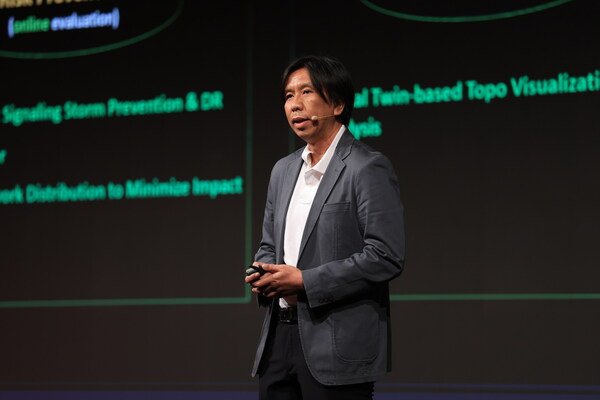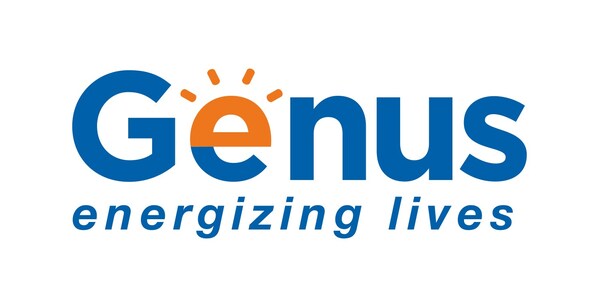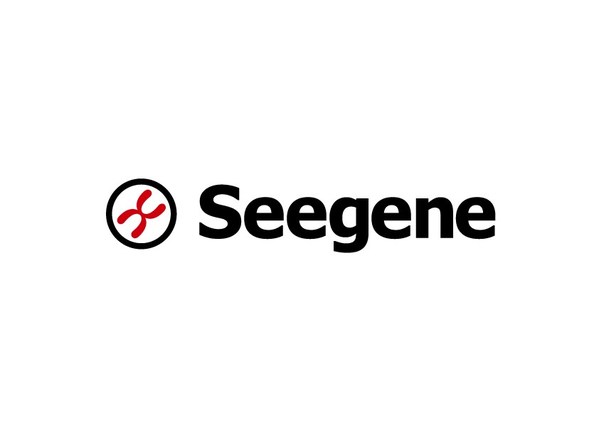Beyond visible light technologies survey: Technology adoption and usage
HANGZHOU, China, Oct. 24, 2024 /PRNewswire/ — Traditional cameras, which rely solely on visible light, have limitations in their ability to monitor and detect in challenging conditions such as darkness, fog, or other visual obstructions. To overcome these limitations, the industry is increasingly adopting non-visible light perception technologies such as thermal imaging, radar, x-ray and audio.
By tapping into the non-visible light spectrum, these technologies enhance monitoring capabilities by detecting heat signatures, movement and details that would otherwise go unnoticed. This not only enhances security applications, such as surveillance in complete darkness or adverse weather, but also opens up new opportunities in fields like healthcare, industrial inspection, and environmental monitoring.
To further explore the adoption of these advanced technologies, asmag.com and Hikvision have partnered up to conduct a survey examining the deployment and full potential of four key non-visible light technologies: thermal imaging, audio, x-ray and millimeter radar.
Key findings
Thermal imaging and audio lead in non-visible light tech deployment
Survey data shows that thermal imaging (72%) and audio technology (57%) are the most widely deployed technologies by respondents, followed by X-ray technology (31%) and millimeter radar technology (29%).
Audio technology has become a valuable component of security applications, and recent advancements have further expanded its capabilities. The transition to IP-based audio solutions has facilitated integration with existing surveillance systems, enhancing communication and sound warnings. Moreover, the incorporation of two-way audio into surveillance cameras has enabled real-time interaction with individuals in the field.
While X-ray and radar technologies are gaining traction, their adoption rates remain lower than thermal and audio solutions. Factors such as cost, complexity and regulatory restrictions may contribute to this. As these challenges are addressed and technological advancements continue, we can anticipate further growth in the adoption of X-ray and radar in various sectors.
Customer demand alignment with current market deployment
Customer demand seems to align closely with the technologies being offered, especially for thermal imaging and audio solutions. Survey data shows that thermal imaging has the highest level of inquiries, with 15% of respondents indicating that they are always asked about it, 24% often and 39% sometimes. Similarly, audio technology also sees strong demand, with 16% reporting that it was always requested and 24% often. These figures suggest that the market is effectively meeting customer needs for these two technologies.
However, demand for X-ray technology and millimeter radar outpaces their current deployment. While 42% of respondents receive inquiries for X-ray (5% always, 10% often, 27% sometimes), only 31% of solutions providers offer it. Similarly, millimeter radar is requested by 37% of respondents (2% always, 11% often, 24% sometimes), but only 29% offer it. This suggests that while customer interest is growing, existing challenges are limiting deployment. The gap suggests a potential opportunity for vendors to expand their offerings if they can address these challenges effectively.
For full survey results and a resource guide on how you can leverage both visible and non-visible light perception technologies for your business, click here.
